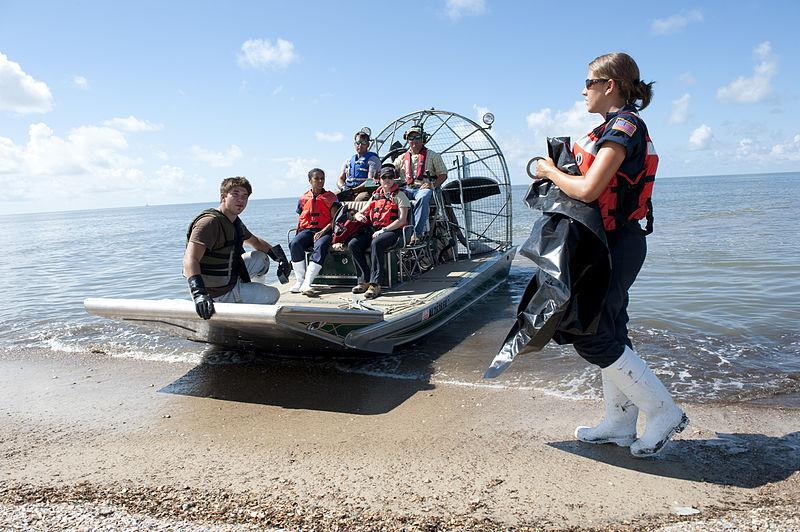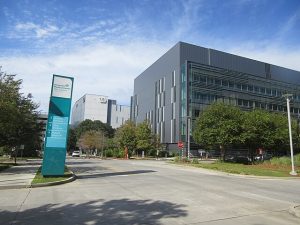Tulane chemical engineers address challenges in environment, health
April 6, 2016
“Just look around my office,” Tulane chemical engineering assistant professor Julie Albert said. “Nearly every piece of furniture involves a polymer in some way.” She gestured to her desk and chairs made of wood and plastic, both polymeric materials.
Albert studies polymers, which are large molecules composed of many repeating smaller molecules or subunits. The word “polymer” is rooted in Greek: poly– means “many,” and –mer means “parts.”
Albert’s lab studies how individual parts of a polymer at the nano-scale characterize the polymer at the larger micro-scale. Nano-scale describes objects on the molecular level, while micro-scale is used to measure objects about 1000 times larger, like the diameter of a single human hair.
By manipulating molecular interactions in their starting materials, Albert and her team of researchers can control the formation of nano- and micro-structures within a polymer. Ultimately, they want to create tunable materials with unique characteristics resulting from those molecular structures.
The lab specifically aims to develop materials that address present-day challenges in energy, health and the environment.
The National Academy of Sciences awarded Albert a Gulf Research Program Early-Career Fellowship in 2015 to fund this project. Last month, Albert received notice of a National Science Foundation Faculty Early Career Development award.
Both awards recognize outstanding research and support early-career professors like Albert, who joined the Tulane faculty in January 2014.
“I feel very fortunate in terms of my successes with grants,” Albert said. “I have had several fantastic mentors both at Tulane and at other institutions whose advice has definitely contributed to my success.”
These grants have allowed her to direct research towards solutions to challenges in human and environmental health.
Senior Cole Ashman, for example, spent the past two years assessing ways to improve the stability of dye-sensitized solar cells. Ashman said that these are unique solar cells designed to chemically imitate plants more so than silicon cells. He developed a siloxane gel polymer that facilitates the cell’s chemical activity.
“I basically ended up with a somewhat stable device that was around 1 percent efficient,” he said. “Which is okay. It’s not great, but it was an interesting problem to work on. You can easily see how discoveries [in the lab] are directly applicable to our world.”
Albert said that one of the lab’s major focuses is to create a thin plastic membrane with tiny nanopores that can perform oil-water separations. This product would have major implications in oil spill remediation efforts. Scientists continue to observe damage and ramifications in the Gulf of Mexico resulting from the Deepwater Horizon oil spill, and technologies like the proposed plastic membranes would greatly assist in clean-up projects.
“Degradation of the environment was not only brought forth by the oil spill, but also by the chemicals used in dispersing the oil [afterwards],” Baraka Lwoya, a Ph.D candidate in Albert’s lab, said. “In addition to this major crisis, several other small oil spills occur, which rarely gain media attention.”
Imagine an ultrathin plastic sponge with nanoscopic pores designed to soak up and remove oil from a mixture of oil and water.
The nanoporous membrane they propose is an economic, non-toxic and practical engineered solution, Lwoya said. In combination with existing oil clean-up technologies, it could minimize the environmental effects of offshore oil drills. Many such drills are located along the Louisiana coast.
“It’s very personally rewarding, to have that direction and be able to implement my vision for how I can contribute to much bigger, longer term goals that no single person is going to solve on their own,” Albert said.










Leave a Comment